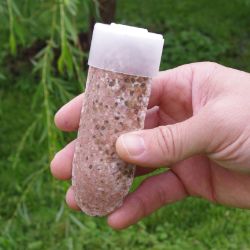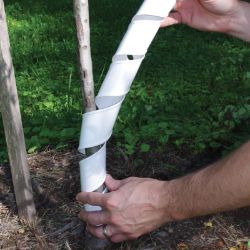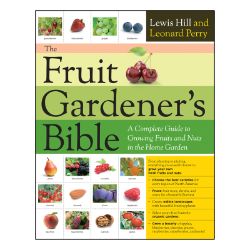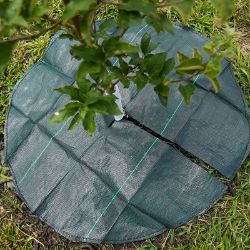Pest & Disease Control for Pawpaw Trees
Every fruit tree has the future potential for disease and insect damage. Factors such as location and weather will play a part in which issues your tree encounters. If available, disease-resistant trees are the best option for easy care; and for all trees, proper maintenance (such as watering, fertilizing, pruning, spraying, weeding, and fall cleanup) can help keep most insects and diseases at bay.
NOTE: This is part 6 in a series of 10 articles. For a complete background on how to grow pawpaw trees, we recommend starting from the beginning.
Adequate nutrition is as much a tool in disease control as the use of sprays. Plants deficient in potassium, phosphorous and magnesium are more susceptible to attack by black spot and powdery mildew. Simply increasing the potassium (sulphate of potash and/or lucerne mulch), phosphorous (rock phosphate or chicken manure) and magnesium levels (Epsom salts) helps to make plants more resistant to disease. Pawpaws are most susceptible to black spot disease during the cooler months. Spraying with sulphur or copper based compounds prior to the onset of the cool weather and watering with liquid seaweed can help reduce the severity of infestations.
Black Spot
Disease causing defoliation and black spots on leaves and thrives in moist conditions. Twigs may also be infected. Black spots are circular with fringed margins, if severe, spots can combine to cause a large black mass, can weaken and kill plants.
Control
- Consult County Extension Agent
Powdery Mildew
Whitish-gray powdery mold or felt like patches on buds, young leaves and twigs. Leaves may crinkle and curl upward. New shoots are stunted.
Control
- Consult County Extension Agent
Asimina Webworm Moth (Omphalocera munroei)
Larvae is a caterpillar. Has mostly brown body with a black center stripe and white flecks. Feeds on leaves, buds, and twigs. May fold leaves or create webbed shelters within leaves for protection.
Control
- Consult County Extension Agent
Slugs and Snails
Especially in humid seasons and climates, slugs and snails may feed on the leaves.
Control
- Slug/snail barriers or bait to limit presence in trees
- Consult County Extension Agent

















